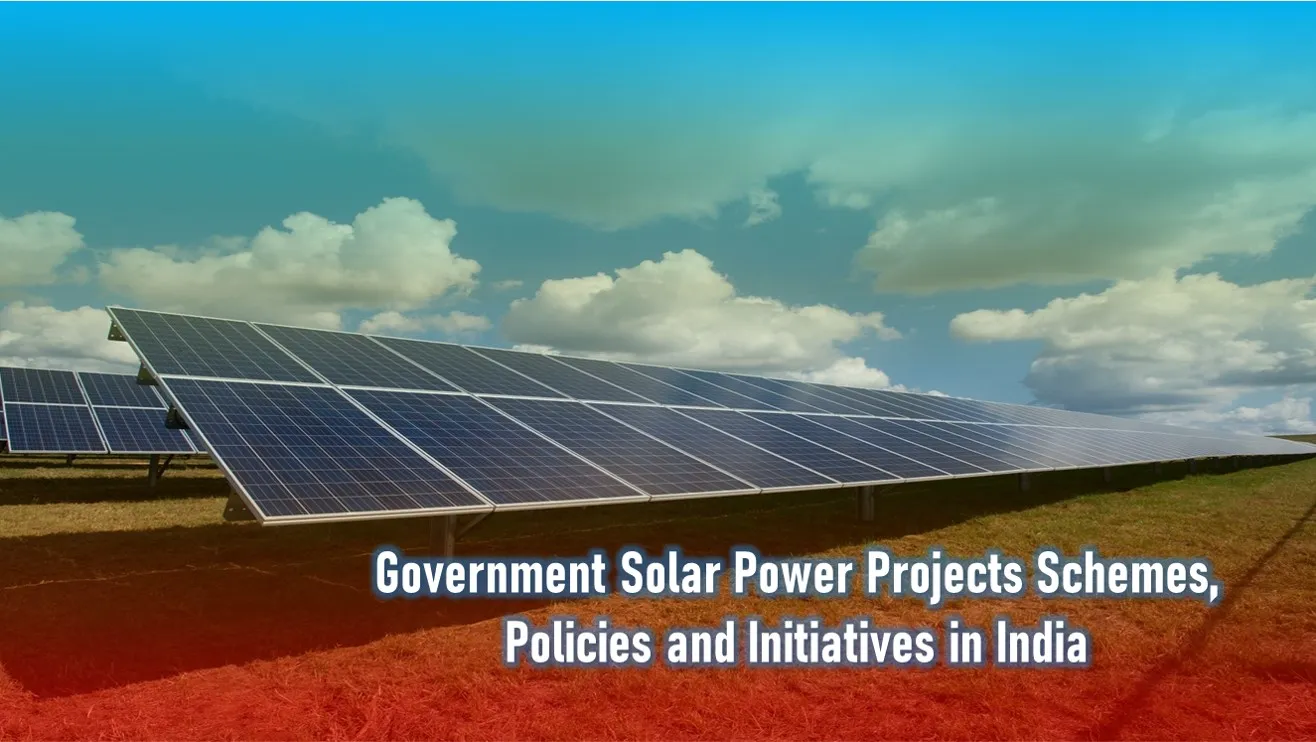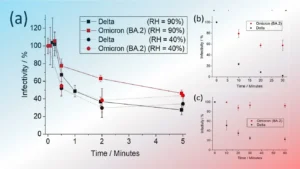Solar Parks Scheme
To facilitate large scale grid-connected solar power projects, a scheme for “Development of Solar Parks and Ultra Mega Solar Power Projects” is under implementation with a target capacity of 40 GW capacity by March 2024.
The scheme was launched by the Ministry of New & Renewable Energy in December 2014.
Solar Parks provide solar power developers with a plug and play model, by facilitating necessary infrastructure like land, power evacuation facilities, road connectivity, water facility etc. along with all statutory clearances.
As on 31-10-2022, 56 Solar Parks have been sanctioned with a cumulative capacity of 39.28 GW in 14 states.
Solar power projects of an aggregate capacity of over 10 GW have already been commissioned in 17 parks and the remaining parks are at various stages of implementation.
PM-KUSUM Scheme – Solar Power Projects Schemes
Pradhan Mantri Kisan Urja Suraksha evam Utthaan Mahaabhiyan (PM-KUSUM) was launched by MNRE in 2019 to provide energy and water security, de-dieselise the farm sector and also generate additional income for farmers by producing solar power.
The Scheme consists of three components:
- Component A: Installation of 10,000 MW of Decentralized Grid Connected Solar Power Plants each of capacity up to 2 MW
- Component B: Setting up of 20 lakh standalone Solar Powered Agriculture Pumps
- Component C: Solarisation of 15 Lakh existing Grid-connected Agriculture Pumps
The Scheme aims to add 30.8 GW of solar capacity with central financial support of over Rs. 34,000 Crore.
Rooftop Solar Scheme – Solar Power Projects Schemes
To generate solar power by installing solar panels on the roof of the houses, the Ministry of New and Renewable Energy is implementing the Grid-connected Rooftop Solar Scheme.
It aims to achieve a cumulative capacity of 40,000 MW from Rooftop Solar Projects by the year 2022.
This scheme is being implemented in the state by distribution companies (DISCOMs).
The major objective of the programme includes:
- To promote the grid-connected SPV rooftop and small SPV power generating plants among the residential, community, institutional, industrial and commercial establishments.
- To mitigate the dependence on fossil fuel based electricity generation and encourage environment-friendly Solar electricity generation.
- To create an enabling environment for investment in the solar energy sector by the private sector, state government and the individuals.
- To create an enabling environment for the supply of solar power from rooftop and small plants to the grid.
The programme has been extended till 31.03.2026 and therefore, subsidy under the programme will be available until the target under the programme is achieved.
International Solar Alliance (ISA) – Solar Power Projects Schemes
The International Solar Alliance is a common platform for cooperation among sun-rich countries lying fully or partially between the Tropics of Cancer and Capricorn who are seeking to increase solar energy, thereby helping to bend the global greenhouse emissions curve whilst providing clean and cheap energy.
The ISA was conceived as a joint effort by India and France to mobilize efforts against climate change through deployment of solar energy solutions.
It was conceptualized on the sidelines of the COP21 of the UNFCCC which was held in Paris in 2015.
With the amendment of its Framework Agreement in 2020, all member states of the United Nations are now eligible to join the ISA.
At present (September 2023), 116 countries are signatories to the ISA Framework Agreement, of which 92 countries have submitted the necessary instruments of ratification to become full members of the ISA.
The ISA is headquartered in Gurugram, Haryana, India.
Key focus areas include
- Promote solar technologies, new business models and investment in the solar sector to enhance prosperity.
- Formulate projects and programmes to promote solar applications.
- Develop innovative financial mechanisms to reduce cost of capital.
- Build a common knowledge e-Portal.
- Facilitate capacity building for promotion and absorption of solar technologies and R&D among member countries.
National Solar Mission (NSM)
It was launched in January 2010. The initial target of NSM was to install 20 GW solar power by 2022. This was upscaled to 100 GW in early 2015.
The objective of the National Solar Mission is to establish India as a global leader in solar energy.
The Mission adopts a three-phase approach, Phase 1 (up to 2012 -13), Phase 2 (2013 -17) and Phase 3 (2017 – 22).
The immediate aim of the Mission is to focus on setting up an enabling environment for solar technology penetration in the country both at a centralized and decentralized level.
Also read:
How to convert Absorbed Solar Energy into Electrical Energy?
Nuclear Energy in India












1 thought on “Government Solar Power Projects Schemes, Policies and Initiatives in India”
Comments are closed.